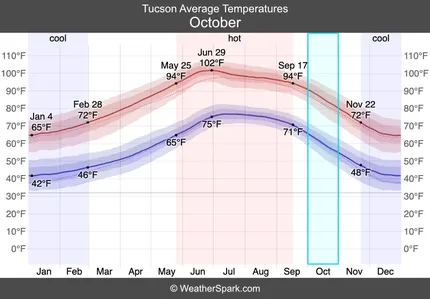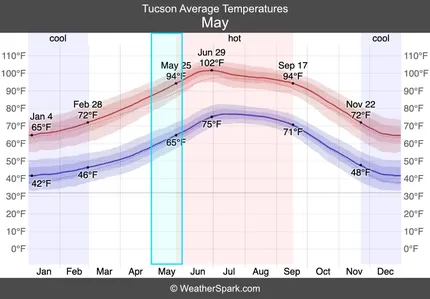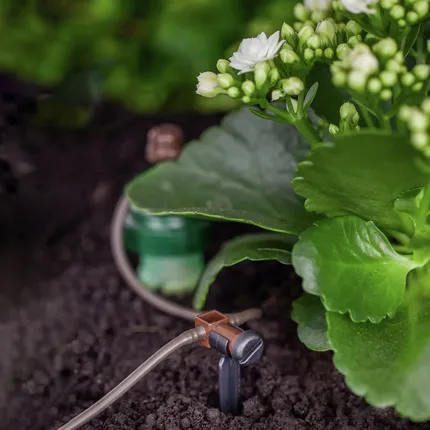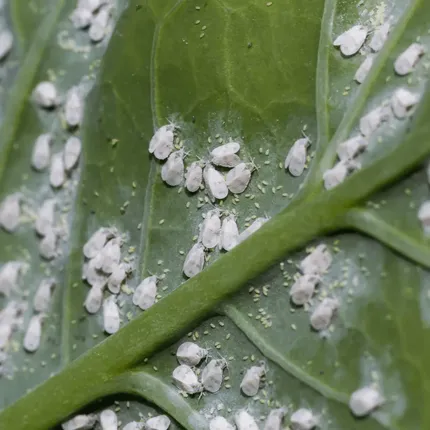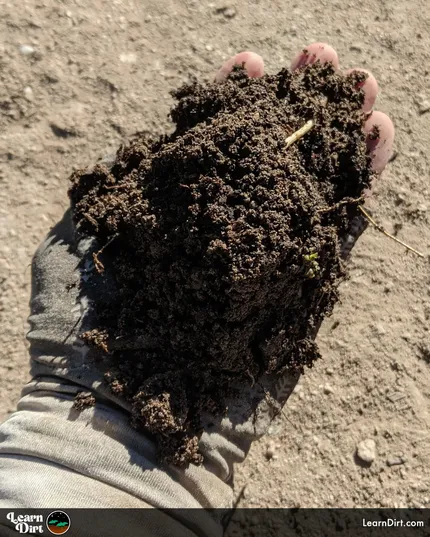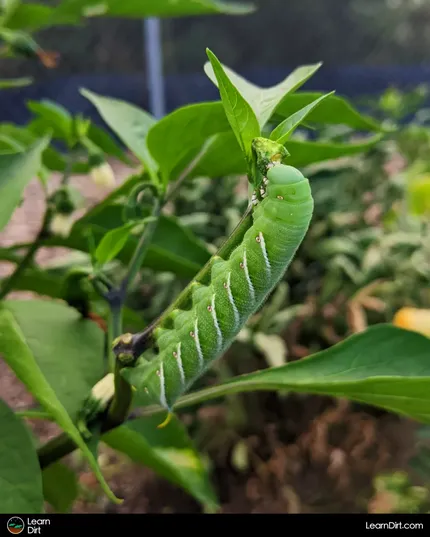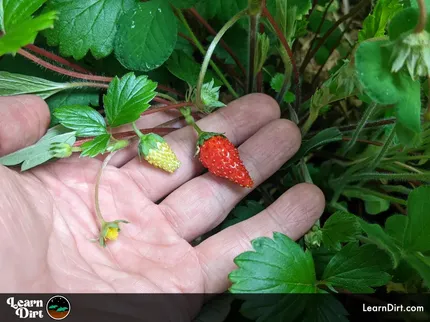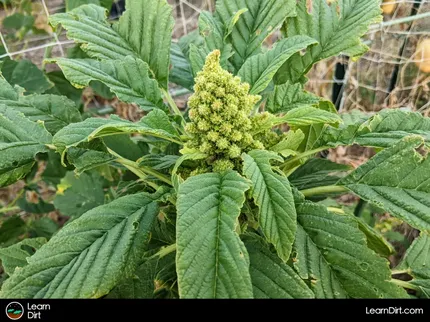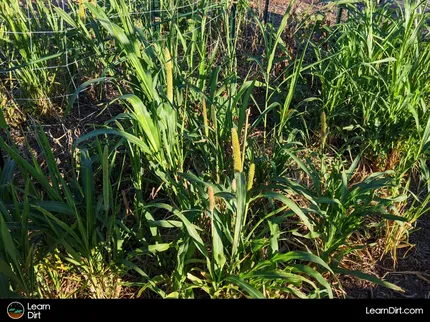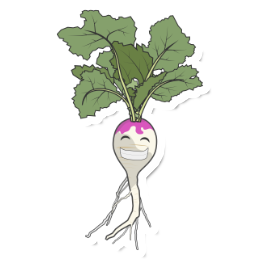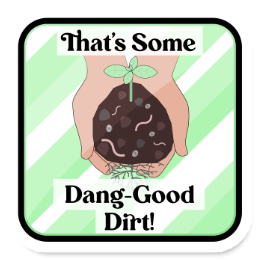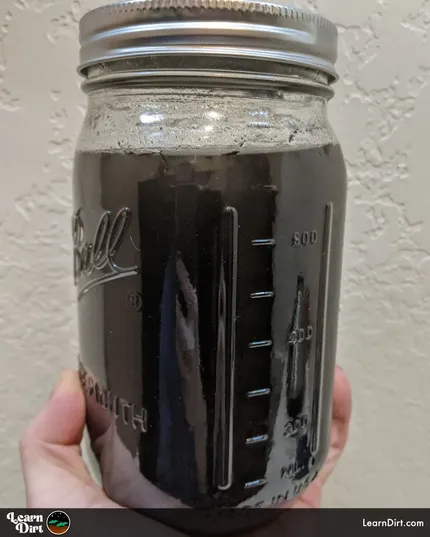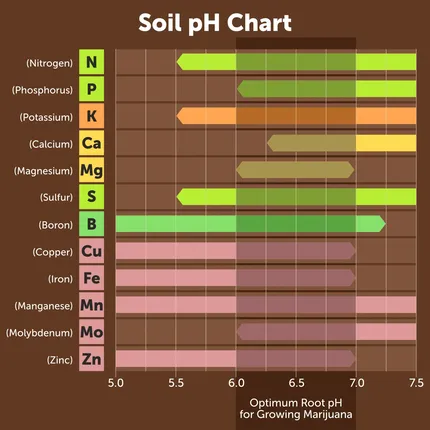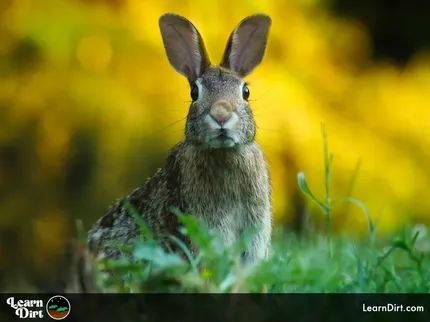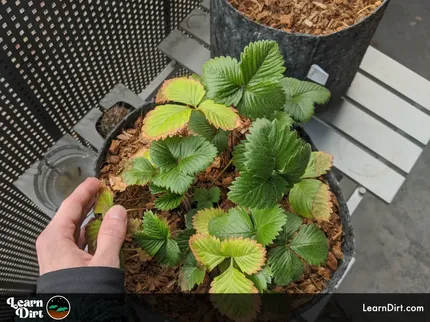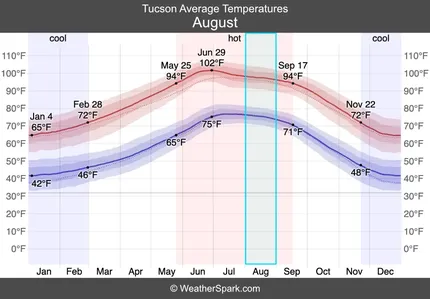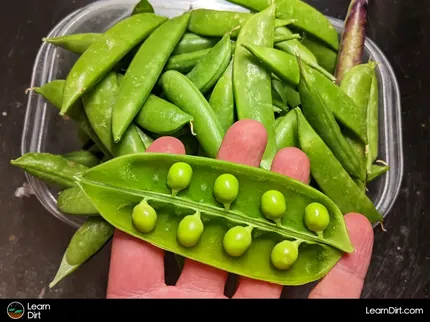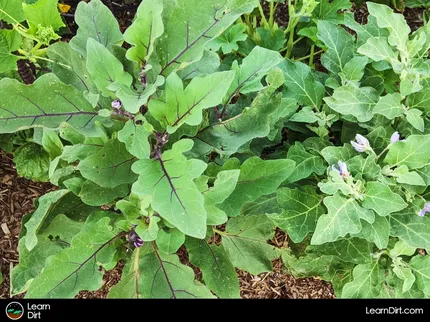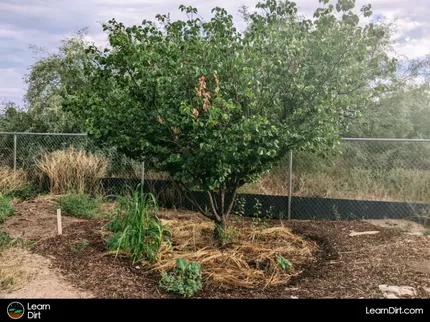Table of Contents
* Our articles never contain AI-generated slop *
Curious what hardiness zone Tucson is? It depends on what side of town your'e on. tucson encompasses a few different USDA hardiness zones
What Are USDA Hardiness Zones?
The plant hardiness zones described by the USDA describe the average low temperatures a region experiences in the winter.
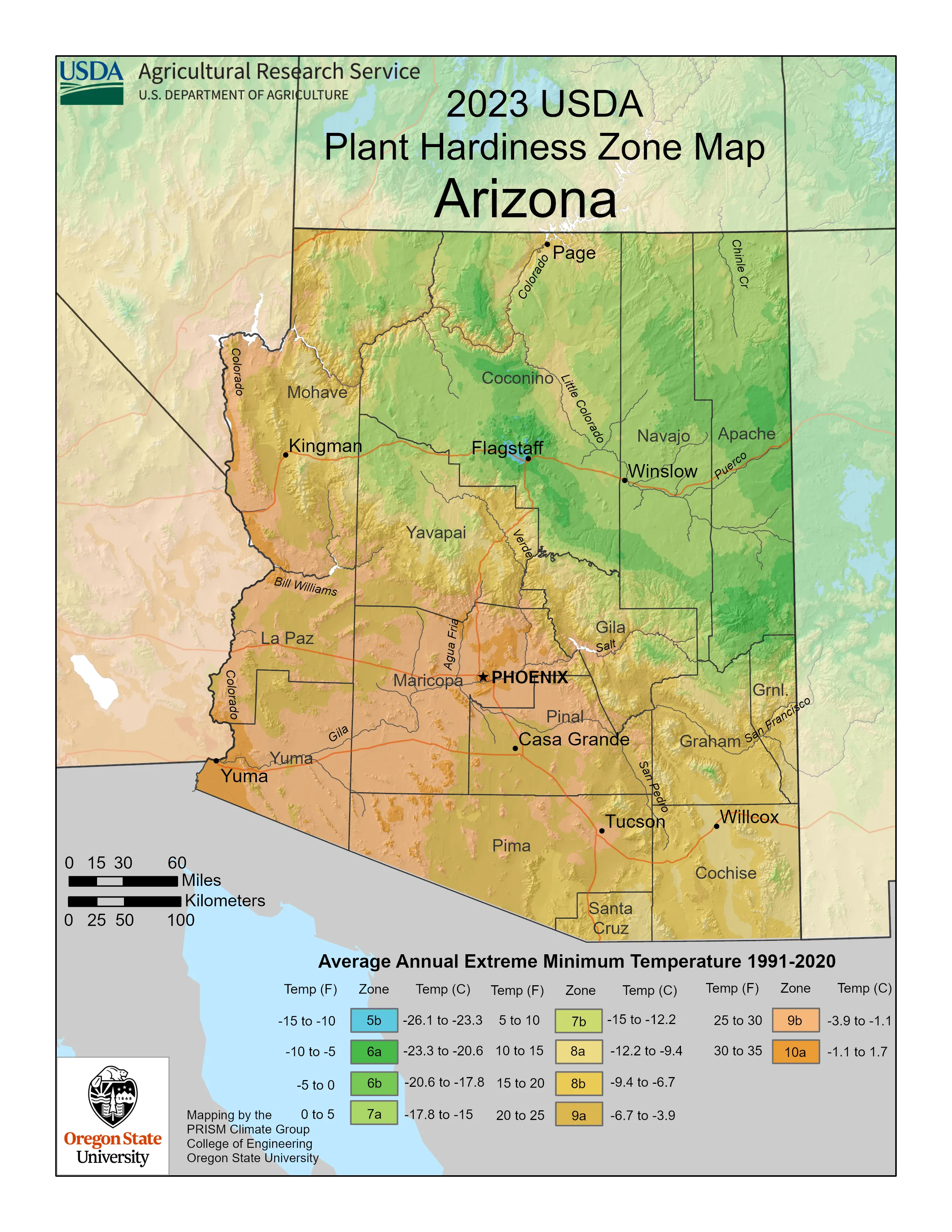
Generally the coldest temperatures experienced in a location happen at night during the winter, and the USDA planting zone which a location falls into helps to predict just how low the mercury will go (on average) during those cold winter nights.
Disclaimer: This post may contain affiliate links. Refer to the privacy policy for more information.
This info is extremely useful if you intend to grow plants through the winter, as plants can only tolerate so much cold before succumbing to frosts or hard freezes.
Tucson Growing Zones
Tucson has relatively warm temperatures in the winter compared to most of the country, and gardeners rejoice that they are able to grow year-round while much of the US is blanketed in snow with the ground frozen.
Tucson encompasses a few different USDA hardiness zones, depending on where in town you're growing. Note that these zones have changed recently, so you may find your zone is not the same as it once was.
The majority of Tucson falls within Zone 9b (25F - 30F average winter low temperatures).
If you grow in the foothills at a slightly higher elevation, you'll likely fall into Zone 9a (20F - 25F average winter low temperatures).
As you get up into grassland elevations partway up the Catalinas or the Rincons, the temperature falls and you'll find yourself in Zone 8b (15F - 20F) where harder frosts and freezes can happen.
Further up the mountains into the deciduous woodlands you'll find Zone 8a (10F - 15F) where snow and hard freezes are likely.
Near the top of the mountains (like in Summerhaven) you enter Zone 7b (5F - 10F) where blankets of snow are frequent and the ground freezes solid for much of the winter.
At the very top of the mountains where the treeline breaks above the pines you can even find small pockets of Zone 7a (0F - 5F) with frigid temps and not much chance of growing anything outdoors in the winter. Here, perennial plants can only hang on underground, their deep roots evading frost while all their foliage has died back to endure the long cold nights.
Tucson Microclimates
Because of the extremely low humidity in Tucson, the air has little insulative value. While moist air holds in warmth or cold and unifies temperatures, dry air does not insulate.
This means that temperatures readily stratify in deserts and arid climates, creating pockets and bands of colder and warmer temperatures.
You've probably noticed that the difference between sun and shade, day and night, low elevation and high elevation are all quite drastic in Tucson. These differences are much more pronounced here than in wetter, more humid climates.
It's this temperature stratification which creates microclimates and pockets around the city with noticeably cooler or warmer temperatures than other areas.
This is also true near washes, where cold air flows down from the mountains at night just like water would - often overflowing the banks of the washes and creeping across the ground nearby.
If you're located in or near a wash, you can expect to experience colder temperatures at night in the winter than your zone would indicate. While I personally grow in Zone 9b (25F - 30F), my garden often experiences winter temperatures down to 20F or even 15F.
It's important to take these microclimates into account and do your own temperature monitoring in your garden, farm, or yard to assess what temps you actually experience. A couple bluetooth temperature loggers are a great way to keep track of those highs and lows.
Join The Grower's Community
Whether you cultivate vegetables, house plants, succulents,
mushrooms, flowers, cannabis, or more...
you're welcome here 🌱
Check It Out!
You'll likely even experience differences in temperature across your garden, so placing a few around to monitor can help you identify the cooler and warmer pockets you'll have to work with.
That's all for now, thanks for reading!
If you have any questions, comments, or would like to connect with fellow gardeners, head on over to the forum and post there.








